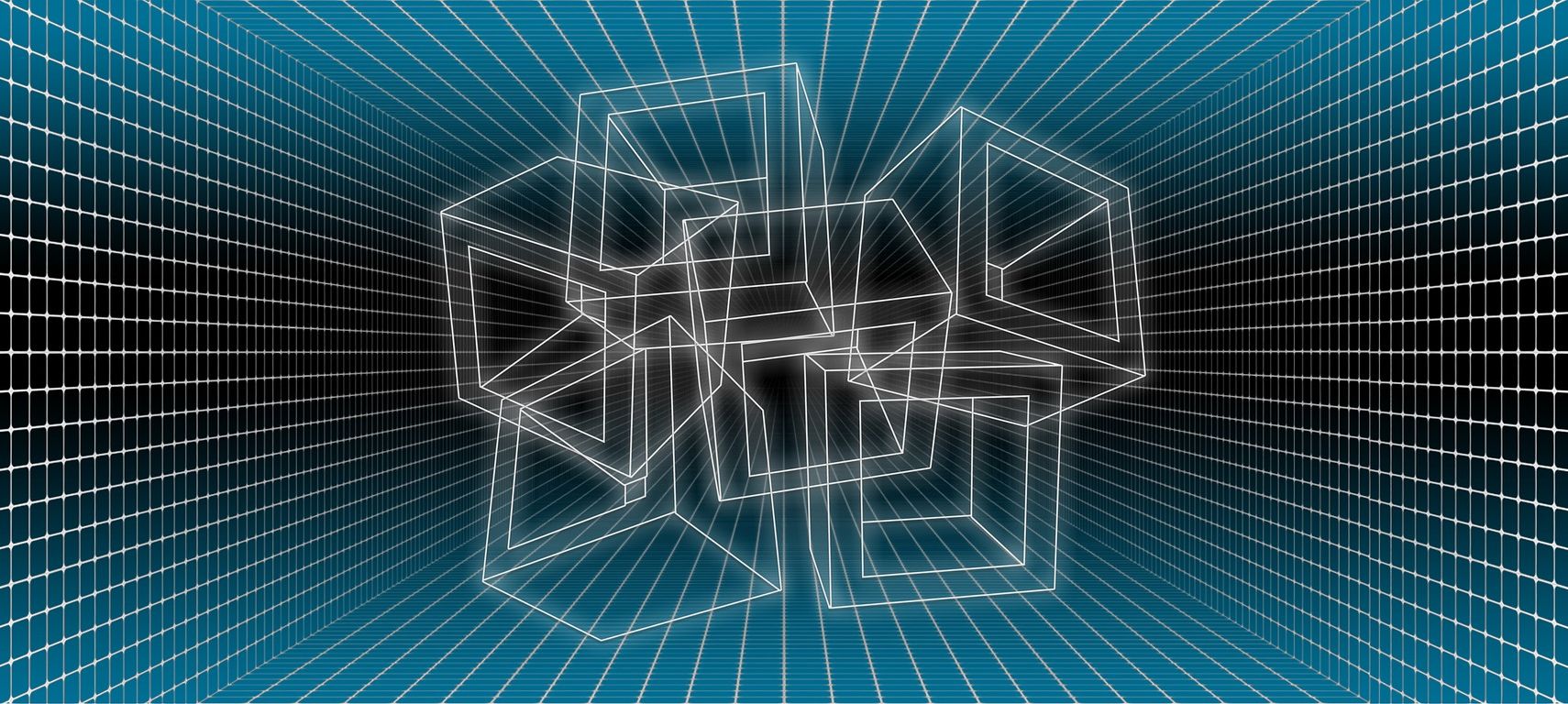If you’re into cryptocurrency, you’ve probably come into contact with a blockchain at some point. Blockchains are also relevant in supply chain management, logistics, identity verification and a number of other fields, so you may have used this technology even if you are not interested in crypto. But what data do blockchains store? And if these blockchains are public, should you be concerned about what’s on them?
A quick overview of blockchain technology
Before we discuss the data stored on blockchains, we should first review what a blockchain is in a simple way so that we know what kind of technology we are dealing with.
Blockchains can best be thought of as virtual chains of blocks, hence the name. Each block stores data using hashing, a cryptographic method. This stops illegal individuals from exploiting blockchain data. Once one block’s capacity is reached and confirmed to join the chain, another block begins to be confirmed, whether through proof of work, proof of stake, or some other consensus mechanism.
Blocks vary in size, meaning the amount of information they can store varies. A Bitcoin block, for example, is only 1MB in size. The same applies to Litecoin and Dogecoin. However, Bitcoin Cash has a much larger block size of 32MB, which means more transactions can be stored per block.
Larger blocks typically allow for faster transaction times and lower fees, but we won’t get into that element of blockchain technology today. Instead, let’s get started with the type of data stored on the blockchain.
What data does a block store?
The specific type of data a given block will store can vary depending on the purpose and nature of the blockchain. But let’s use Bitcoin, one of the world’s most popular blockchains, to get a good understanding of blockchain storage.
Bitcoin blocks are mined through the proof of work consensus mechanism, where miners use specialized hardware to solve complex computational problems. So far, over 760,000 Bitcoin blocks have been mined, with around 900 BTC put into circulation daily. Each block puts 6.25 BTC into circulation, which equals the reward eligible for the miner, or mining pool, that mines the block.
Bitcoin is approaching the supply limit of 21 million BTC. Once this cap is hit, no more BTC can be mined. However, as Bitcoin transactions continue to be executed, blocks will need to continue to be added to the blockchain to maintain the immutable ledger.
The data in a Bitcoin block is hashed using the SHA-256 cryptographic hashing algorithm. Different cryptocurrencies use different hashing algorithms. Ethereum, for example, uses Ethash. Many governments use SHA-256 to hash data as well.
A Bitcoin block consists of a few different sections. Let’s start with the block header.
A Bitcoin block header stores the following type of data:
- Transaction time
- Nonce
- Bits
- hashMerklRoot
- hashPrevBlock
- Version
The transaction time contains a timestamp representing the time when the transaction took place. Blocks store transactions in chronological order.
The nonce (shortened from “number used only once”) plays a very important role in the proof-of-work mining process. This is the number that a miner must reach by solving calculation problems. If a miner solves the nonce, they can successfully mine the block. Over time, it becomes harder and harder to mine blocks as the Bitcoin mining difficulty (ie how hard it is to mine a block) increases.
Next, we have bites. This field is also related to Bitcoin’s mining difficulty, as it contains the difficulty itself. This may increase or decrease over time. If the difficulty increases, a miner must use more hash power to mine the block. If it decreases, the miner can spend less. Of course, miners prefer a lower difficulty as this saves energy and time. In general, if the number of miners increases, the difficulty of it increases.
The hashMerklRoot is associated with a Merkle Root. This is a mathematical method used to verify the information on a Merkle tree, which is essentially a data storage structure. Merkle trees use cryptography to store data, with hashMerklRoot being the hash of all the hashes of the transactions stored in a given block.
hashPrevBlock, as the name suggests, refers to the 256-bit hash of the previous block. Each Bitcoin block in the chain contains the hash of the previous block.
Finally, you have version. This field simply refers to the version of the Bitcoin protocol that was used. The Bitcoin protocol used today is not quite the same as the one used when Bitcoin was first launched in 2008. Updates are made every now and then to improve certain parts of the network. The latest protocol version is 70015, which was introduced in 2017. This update provided the ability to ban invalid compact blocks from the chain.
The remainder of a Bitcoin block
But things don’t stop at the header. There are other types of data stored in each Bitcoin block, including:
- Block size
- Transaction counter
- Magic number
- Transactions
Let’s start with block size. This field sets a limit on the amount of data that can be stored in a block. As previously mentioned, Bitcoin’s block size limit is 1MB, but this changes from crypto to crypto.
The transaction counter simply counts the number of transactions recorded within a given Bitcoin block. There is no constant number of transactions that block the store, as each transaction can have a different size. But on average, each Bitcoin block contains between 1,500 and 2,000 transactions, give or take a few hundred on each side.
The magic number has a constant value of 0xD9B4BEF9, and identifies the file type and structure used in the block. Magic numbers also stand as a network identifier for each block. This constant value was set by Satoshi Nakamoto when Bitcoin was created.
The the transaction field lists all the transactions included in any Bitcoin block (as opposed to the transaction counter field, which indicates the number of transactions in the block). As we have already discussed, the number of transactions stored in a block cannot exceed the capacity of 1 MB.
Does Blockchain Store Your Personal Data?
Your name, contact information, payment information and other private data are not stored on the blockchain. The only data related to you is your public wallet address. In most scenarios, this is completely benign. But more sophisticated tracking tools used by government agencies and other blockchain analysts can uncover your identity via your address if they try hard enough.
Most cryptocurrencies out there are pseudonymous and traceable to some degree. This is why some prefer privacy coins, such as ZCash and Monero, as they can hide their wallet address when trading these assets.
Blockchain data plays a major role in the network
Without block data, there would be no way to record and track transactions, which are an inherently important part of blockchain technology. Providing an immutable ledger provides security and transparency, allowing users to check various types of information on the network, such as transaction amounts,




